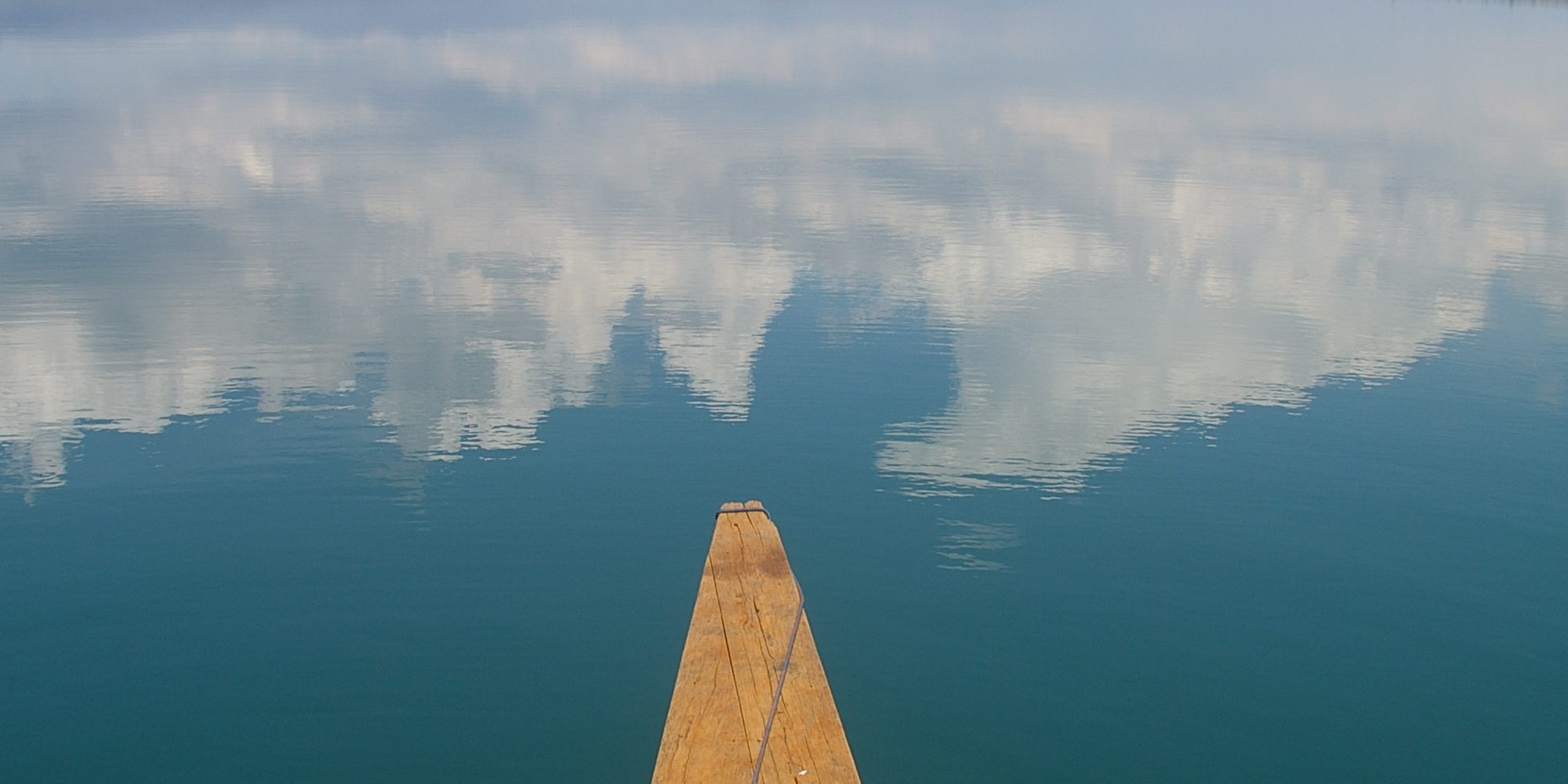Hydrobiology has had the privilege to study some of the worlds most interesting and significant lakes over the years. Ranging from the almost 600m deep Lake Matano in Sulawesi (Indonesia) to the barely there Lake Disappointment in central Western Australia. We saw just how productive a lake can be as massive hauls of Tilapia were brought to shore each day from Lake Buluan in southern Mindanao (Philippines), where the entire lake of 63km2 has been converted to fish farming. The beautiful and largely pristine Lake Kutubu in the PNG highlands has been a favorite spot for our team as we have conducted studies ranging from an entire lake health check to developing methods to eradicate or control introduced fish species. The landscape has changed dramatically for a string of small salt lakes across the Western Australian wheatbelt (south-west) that we previously worked on with major summer rains this year. A once in a lifetime flush has filled lakes and brought life where there was just salt crust and algae. From searching for groundwater inflow zones using acoustic-doppler instruments to identifying phototrophic bacteria living along a thin band (oxycline) 20m down the water column, the challenges and rewards of limnology make this some of our most memorable work.





